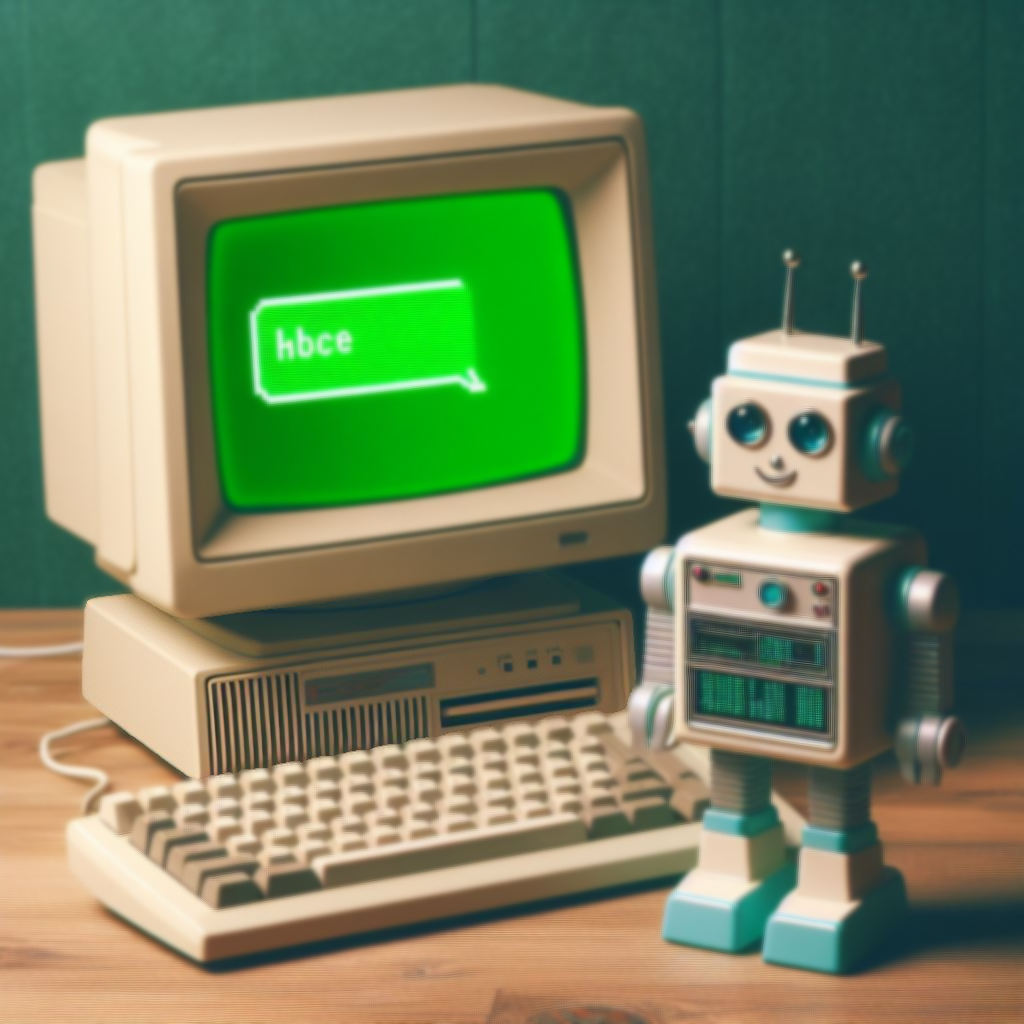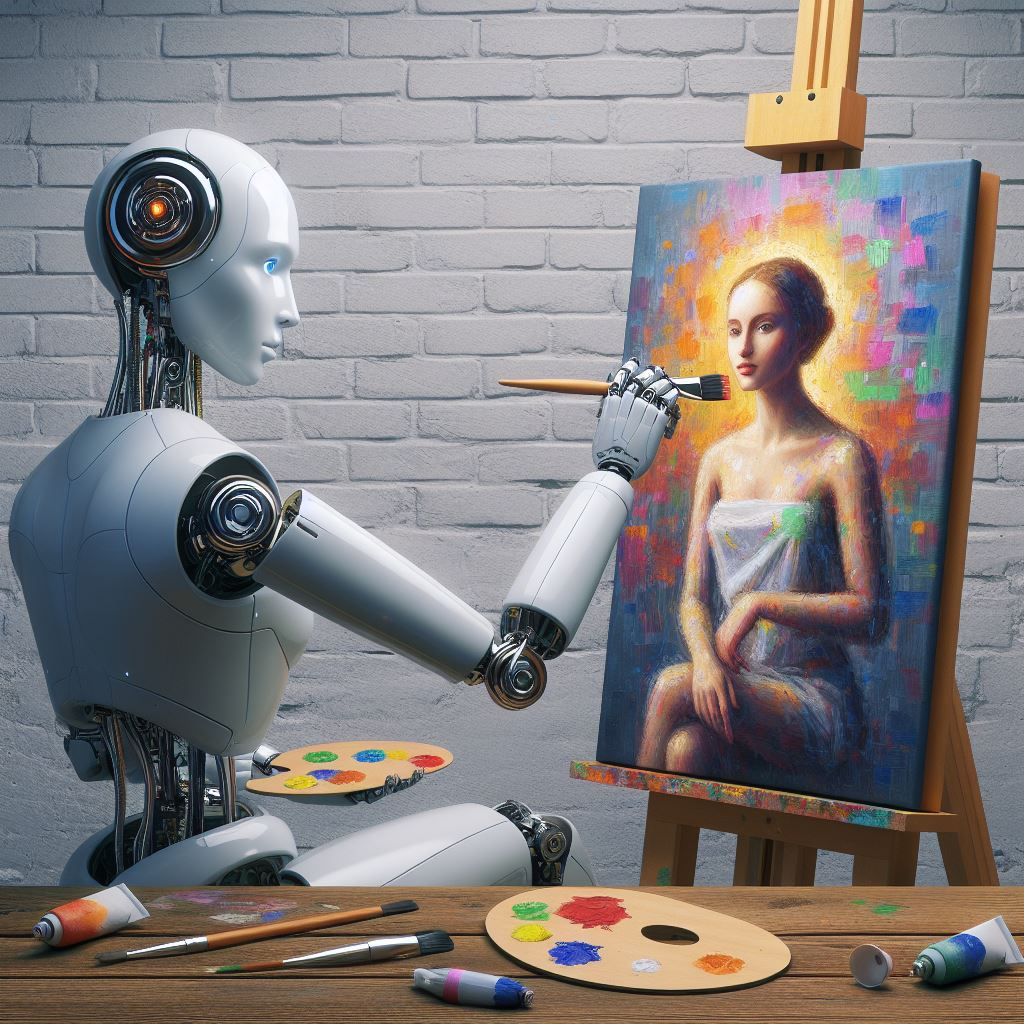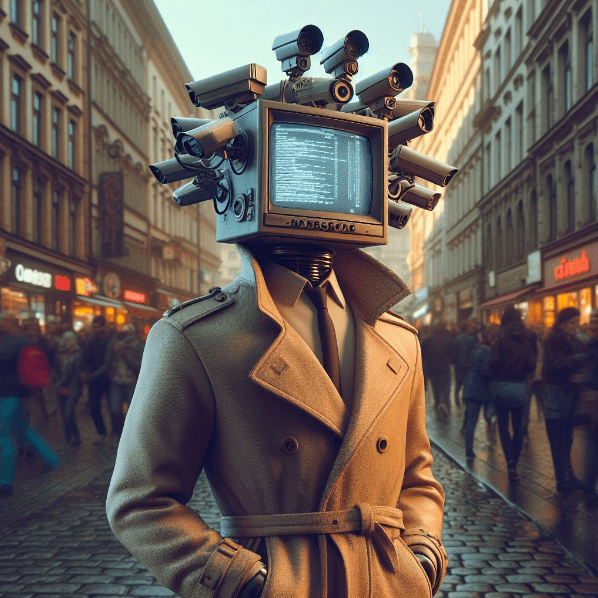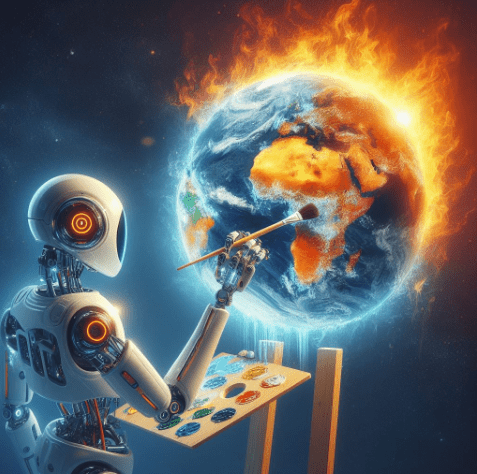Magic: The Gathering AI Art Controversy
Magic: The Gathering (MtG) aficionados were in for a bit of a shock recently when Wizards of the Coast (WotC), the brains behind the popular game, found itself embroiled in a controversy involving the use of artificial intelligence (AI) in promotional artwork. What started as a seemingly innocent social media post showcasing new “retro frame” versions of lands from the upcoming Ravnica Remastered set quickly spiralled into a debate over the use of AI tools in art creation.

The crux of the issue stemmed from discerning viewers who noticed peculiar background details in the promotional image that bore the hallmarks of AI-generated content. Despite WotC’s strict policy against AI use in its art, the evidence seemed to suggest otherwise. This revelation struck a chord with the community, prompting at least one MtG artist, Dave Rapoza, to publicly sever ties with the company, citing hypocrisy and a breach of trust.
WotC initially defended the authenticity of the artwork, but as pressure mounted, the company backtracked, admitting that the image did indeed contain AI-generated elements. This admission sparked further debate about the challenges of enforcing a ban on AI-generated art, especially in an industry heavily reliant on human creativity.
The controversy underscores the evolving landscape of art creation, where AI-powered tools like Midjourney, Stable Diffusion, and DALL-E 2 are gaining popularity for their ability to generate images based on text prompts. These tools harness the power of generative AI, trained on vast datasets scraped from the internet, to produce remarkably detailed visuals. However, as demonstrated by Miles Zimmerman’s experiment with Midjourney, AI-generated images often exhibit quirks and inaccuracies, particularly when it comes to rendering human anatomy.
The struggle to accurately depict human hands in AI-generated art serves as a poignant example of the technology’s limitations. Despite advancements, AI still lacks a comprehensive understanding of human anatomy and often produces distorted or unrealistic depictions of hands. This discrepancy highlights the nuanced complexities of human form and the challenges inherent in teaching AI to accurately replicate it.
While AI-powered image generators have their shortcomings, they also present exciting opportunities for artistic expression and creativity. Artists and creators can leverage these tools to explore new concepts and bring their ideas to life in ways previously unimaginable. However, as the controversy surrounding WotC’s promotional image demonstrates, the use of AI in art creation raises important ethical and philosophical questions that must be addressed.
Beyond the realm of art, the controversy has broader implications for the future of creativity and innovation. As AI technology continues to advance, its integration into various industries poses challenges and opportunities for human workers. Companies like Hasbro, the parent company of WotC, are grappling with the implications of AI on their workforce, as evidenced by recent layoffs attributed to weak sales amid economic uncertainty.
Despite the challenges posed by AI, companies like Wizards of the Coast remain committed to upholding the integrity of human creativity. In response to the controversy, WotC reaffirmed its commitment to human-made art and artists, pledging to revise its processes to ensure transparency and support for human ingenuity.
As we navigate the complex intersection of AI and art, it’s essential to recognise the value of both human and machine creativity. While AI offers unprecedented capabilities, it is ultimately human insight and ingenuity that imbue art with meaning and emotion. By embracing collaboration between humans and machines, we can harness the full potential of AI while preserving the essence of human creativity.
Artists bear a profound responsibility in the age of AI, where technology blurs the lines between human and machine creativity. As custodians of culture and expression, artists must grapple with the ethical implications of AI in art creation. While AI-powered tools offer unprecedented possibilities, they also raise concerns about authenticity, originality, and the role of human agency in the creative process.
One key consideration is the notion of artistic authorship. With AI capable of generating intricate visuals based on text prompts, questions arise about the ownership and attribution of AI-generated art. Artists must navigate the complexities of intellectual property rights and ensure transparency in their use of AI tools to maintain the integrity of their work.
Moreover, the rise of AI in art and games has sparked discussions about the democratisation of creativity. Open-source AI platforms empower artists to experiment with machine learning algorithms and contribute to a collaborative ecosystem of innovation. By embracing open-source principles, artists can harness the collective intelligence of the community to push the boundaries of artistic expression.
In the realm of gaming, the recent debacle involving Hasbro and Magic: The Gathering underscores the importance of transparency and accountability in the use of AI. As consumers demand greater authenticity and ethical standards, companies must prioritise human-made art and artists while leveraging AI responsibly. By adopting open-source AI frameworks, game developers can empower artists to create compelling visuals while upholding the values of transparency and integrity.
Furthermore, open-source AI initiatives play a crucial role in advancing the capabilities of AI-powered tools. By making algorithms and datasets accessible to the public, researchers and developers can collaborate on refining AI models and addressing biases inherent in machine learning systems. This collaborative approach not only enhances the quality of AI-generated art but also promotes inclusivity and diversity in the creative process.
In conclusion, the intersection of AI, art, and games presents both opportunities and challenges for artists and creators. By embracing their responsibility to uphold ethical standards and champion human creativity, artists can navigate the complexities of AI with integrity and authenticity. Through open-source collaboration and transparency, the creative community can harness the transformative potential of AI while safeguarding the values that define art and expression. The convergence of AI, art, and gaming represents a dynamic frontier where innovation meets responsibility. Artists find themselves at the forefront of a digital renaissance, navigating the uncharted territories of machine-generated creativity with ethical compasses in hand. As stewards of culture and expression, they bear the weighty responsibility of upholding the integrity of human creativity while harnessing the transformative potential of AI.
In this landscape, open-source AI emerges as a beacon of collaboration and progress. By democratising access to AI tools and fostering a culture of transparency, open-source initiatives empower artists to explore new horizons of artistic expression while mitigating the risks of algorithmic bias and ethical dilemmas. Through collective effort and shared knowledge, the creative community can shape the future of AI in art and gaming, ensuring that technology serves as a tool for empowerment rather than a barrier to human ingenuity.
However, recent controversies, such as the debacle involving Hasbro and Magic: The Gathering, serve as stark reminders of the challenges inherent in integrating AI into creative industries. As companies navigate the complexities of AI ethics and consumer expectations, it becomes increasingly clear that a balance must be struck between technological innovation and human values. By prioritising human-made art and artists, while embracing the potential of AI as a collaborative partner, companies can foster a culture of creativity that celebrates both human ingenuity and technological advancement.
Ultimately, the intersection of AI, art, and gaming represents a frontier of limitless possibilities, where the boundaries between imagination and reality blur. Through thoughtful consideration, ethical stewardship, and a commitment to openness and collaboration, artists and creators can navigate this landscape with integrity and authenticity, ensuring that the future of creativity remains firmly rooted in the human experience.
for all my daily news and tips on AI, Emerging technologies at the intersection of humans, just sign up for my FREE newsletter at www.robotpigeon.beehiiv.com






